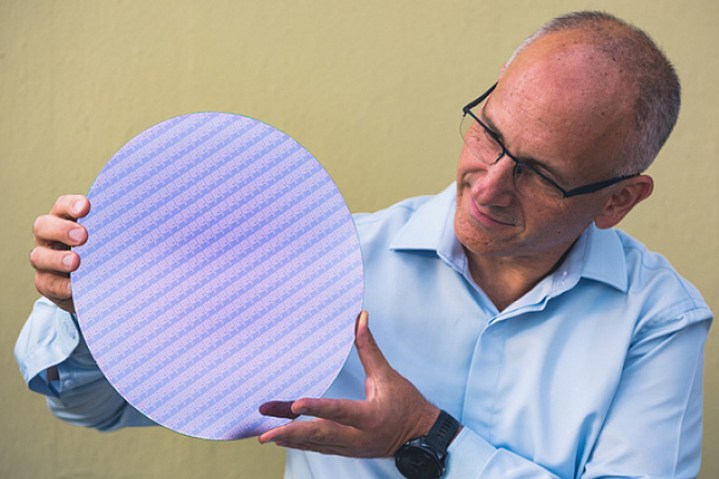
Intel introduced new eighth-generation processors slated for laptops this week: Ultra-low power 15-watt “Whiskey Lake” U-series chips and extremely low power five-watt “Amber Lake” Y-series chips. After the launch, AnandTech asked Intel if these two processor families include hardware fixes for Meltdown and Spectre. The response was … rather loaded.
Meltdown and the two Spectre vulnerabilities are based on how processors “predict” the path of their current task, leaving sensitive data vulnerable in memory. Intel, hardware, and OS vendors began implementing fixes on a firmware and software level in early 2018. Intel also said that hardware mitigations would be introduced in new processors by the end of the year, hence the question.
For starters, the explanation will get somewhat technical. Although Intel releases “generations” of chips, they never rely on one single-generation design. Thus, each generation typically comprises of a refresh of a previous design, an entirely new design, and various design branches with different code names. All of this can get confusing so we’ll try to be clear as possible if you want to push forward.
First, Intel is gearing up to release 14nm processors based on its new “Cascade Lake” CPU design targeting servers and enthusiasts. A successor to Intel’s sixth-generation “Skylake-X” and “Skylake-SP” designs for those markets, these chips were originally slated to be the first to include hardware-based mitigations for Meltdown, Spectre, and Foreshadow. These chips will fall under Intel’s eighth-generation banner.
Meanwhile, Intel’s new Whiskey Lake chips released this week are based on the company’s original seventh-generation “Kaby Lake” design but uses the newer 14nm++ process node technology. As previously stated, these chips target laptops, requiring around 15 watts of power. Despite the seventh-generation foundation, Whiskey Lake CPUs also fall under the eighth-generation banner.
According to Intel, notebook-bound Whiskey Lake shares the same hardware fix for Meltdown as seen with server-bound Cascade Lake. These two families also share a hardware fix for the recently-disclosed L1 Terminal Fault issue, aka Foreshadow. But unlike Cascade Lake, Intel’s Whisky Lake design doesn’t include hardware fixes for Spectre Variant 2. All other issues are handled through firmware and OS fixes.
As for the new Amber Lake chips released this week, they’re based on Intel’s seventh-generation Kaby Lake design using 14nm+ process node technology. “Amber Lake” is similar to the “Kaby Lake Refresh” design introduced in the first wave of eighth-generation chips in August 2017. That said, all problems are handled through firmware and OS fixes, and do not contain hardware-based mitigations.
As a refresher, here are the three new Whiskey Lake processors:
| i7-8565U | i5-8265U | i3-8145U | |
| Cores: | 4 | 4 | 2 |
| Threads: | 8 | 8 | 4 |
| Base speed: | 1.8GHz | 1.6GHz | 2.1GHz |
| Max speed: | 4.6GHz | 3.9GHz | 3.9GHz |
| Cache: | 8MB | 6MB | 4MB |
| Memory support: | LPDDR3 @ 2,133MHz DDR4 @ 2,400MHz |
LPDDR3 @ 2,133MHz DDR4 @ 2,400MHz |
LPDDR3 @ 2,133MHz DDR4 @ 2,400MHz |
| Power: | 15W | 15W | 15W |
Now here are the three new Amber Lake chips:
| i7-8500Y | i5-8200Y | m3-8100Y | |
| Cores: | 2 | 2 | 2 |
| Threads: | 4 | 4 | 4 |
| Base speed: | 1.5GHz | 1.3GHz | 1.1GHz |
| Max speed: | 4.2GHz | 3.9GHz | 3.4GHz |
| Cache: | 4MB | 4MB | 4MB |
| Memory support: | LPDDR3 @ 2,133MHz DDR4 @ 2,400MHz |
LPDDR3 @ 2,133MHz DDR4 @ 2,400MHz |
LPDDR3 @ 2,133MHz DDR4 @ 2,400MHz |
| Power: | 5W | 5W | 5W |

